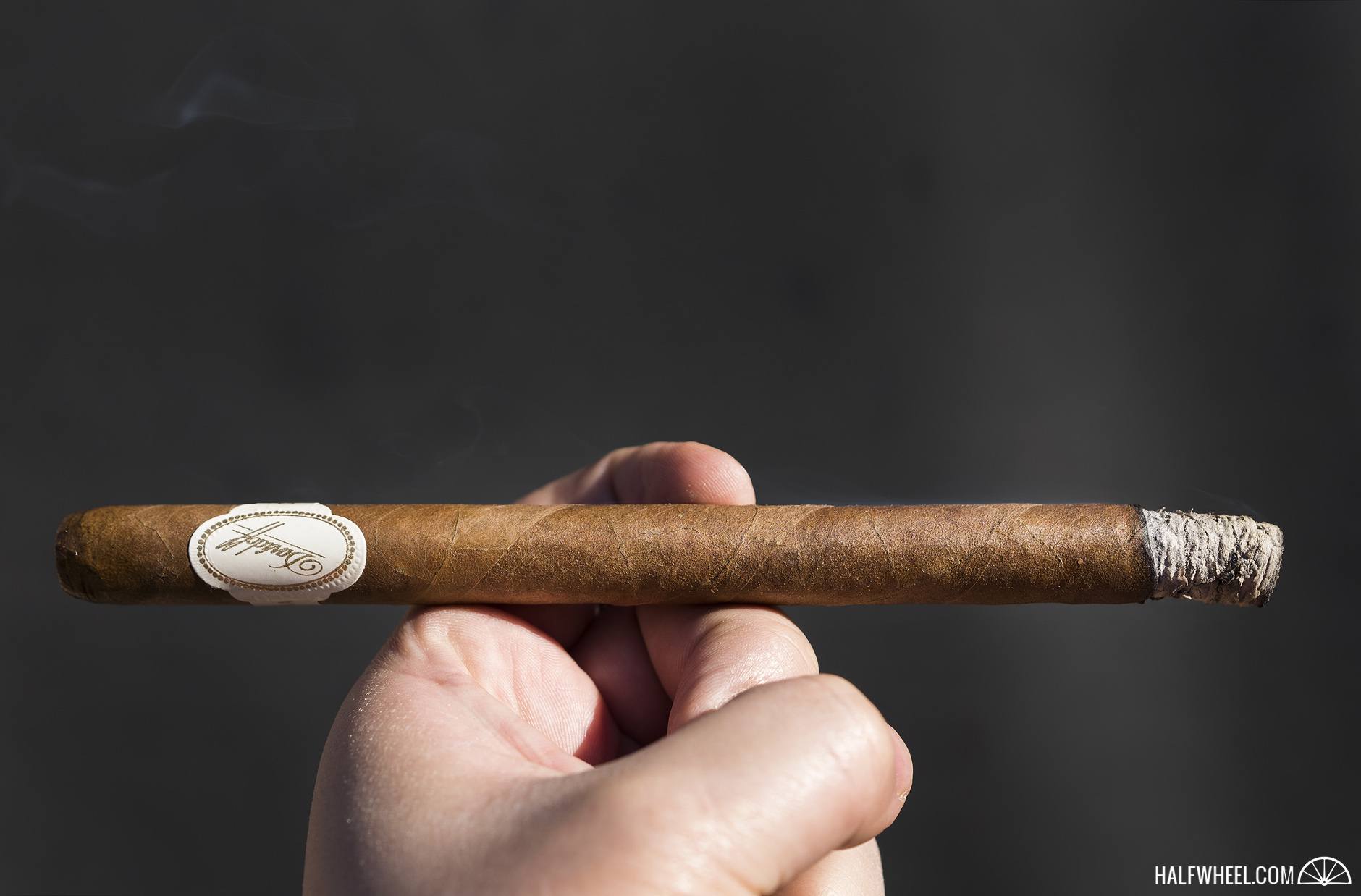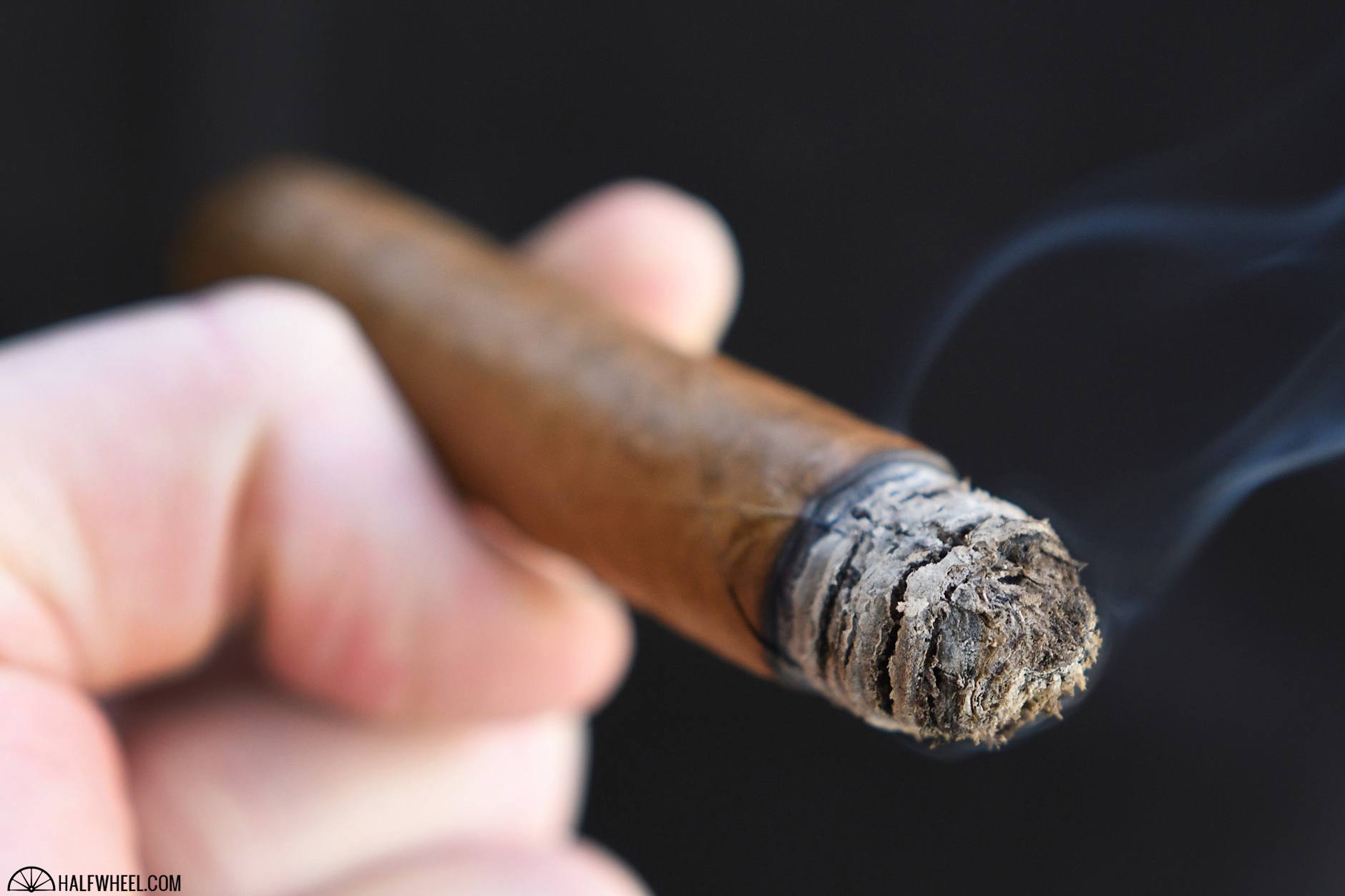Sometime in the 1980’s Cubatabaco—the predecessor of Habanos S.A., which did not exist at that time—gave a special license to Tabacalera Spain, now known as Altadis, to produce an exclusive version of the Sancho Panza marca in the city of Tenerife, Spain. These cigars were hand rolled with 100 percent Cuban tobaccos and included at least three different vitolas: Ducales, Escuderos and Hidalgos.
“Regarding the brand Sancho Panza: at that time (early eighties) there was no joint venture with Habanos going on, therefore this was a special project friendly agreed between Habanos and Tabacalera Spain,” said Antonio Calabria of Altadis S.A., in an email to halfwheel. “Later after this ‘experiment,’ the brand was then incorporated in the standard portfolio of Habanos and sold worldwide.”
As with a number of the other vitolas in the official Sancho Panza line, the three sizes in exclusive releases carry names that are taken from Miguel de Cervantes’ novel El Ingenioso Hidalgo Don Quijote de la Mancha, which was originally published in 1605.
- Ducales translates to of or connected with a duke and is in reference to a character who plays pranks on some of the characters in the book, including Sancho Panza
- Hidalgos translates to nobleman from Spanish, and is in the original name of the novel
- Escuderos translates to squires from Spanish and refers to the fact that Sancho Panza was Don Quixote’s squire in the publication
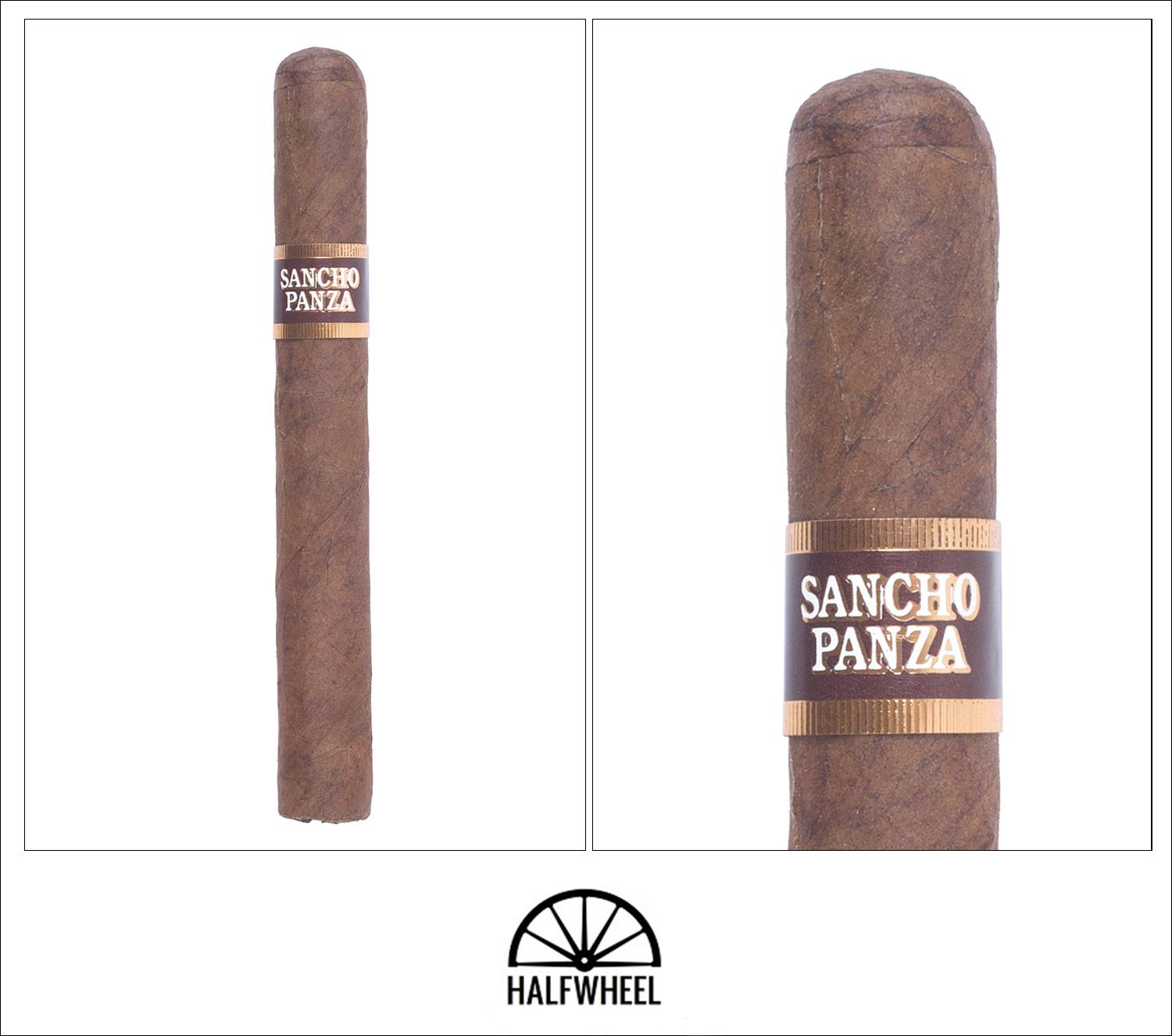
- Cigar Reviewed: Sancho Panza Ducales (1980s)
- Country of Origin: Spain
- Factory: n/a
- Wrapper: Cuba
- Binder: Cuba
- Filler: Cuba
- Length: 5 1/3 Inches
- Ring Gauge: 42
- Vitola: Corona
- MSRP: $40 (Boxes of 25, $1,000)
- Release Date: 1980s
- Number of Cigars Released: n/a
- Number of Cigars Smoked For Review: 1
Covered in a dull brown wrapper that I would describe as rustic, the Sancho Panza Ducales is extremely rough to the touch and features a number of very obvious veins running up and down its length. The cigar has the appropriate amount of give when squeezed and there is virtually no oil at all that I can see. Aroma from the wrapper is a combo of cinnamon, cocoa nibs, leather, mulch, coffee and manure, while the cold draw brings favors of extremely strong orange citrus, cinnamon, oak and cream.
Starting out, the Sancho Panza Ducales exhibits immediate dominant flavors of both leather and cedar, interspersed with notes of cashews, barnyard and milk chocolate. There is some of the orange citrus from the cold draw present on the retrohale—albeit not nearly as strong—and I am also notice a touch of sweetness that reminds me of honey. Surprisingly, there is a nice amount of white pepper also present in the retrohale, as well as more spice on my tongue than I expected, both of which don’t seem to be receding anytime soon. The draw is excellent despite a cracked wrapper that occurred after a straight cut, and while the smoke production is about average, the burn is wavy without needing touching up. Strength-wise, the Sancho Panza ends the first third well short of the medium mark, and is showing no overt signs that it will increase in any significant way.
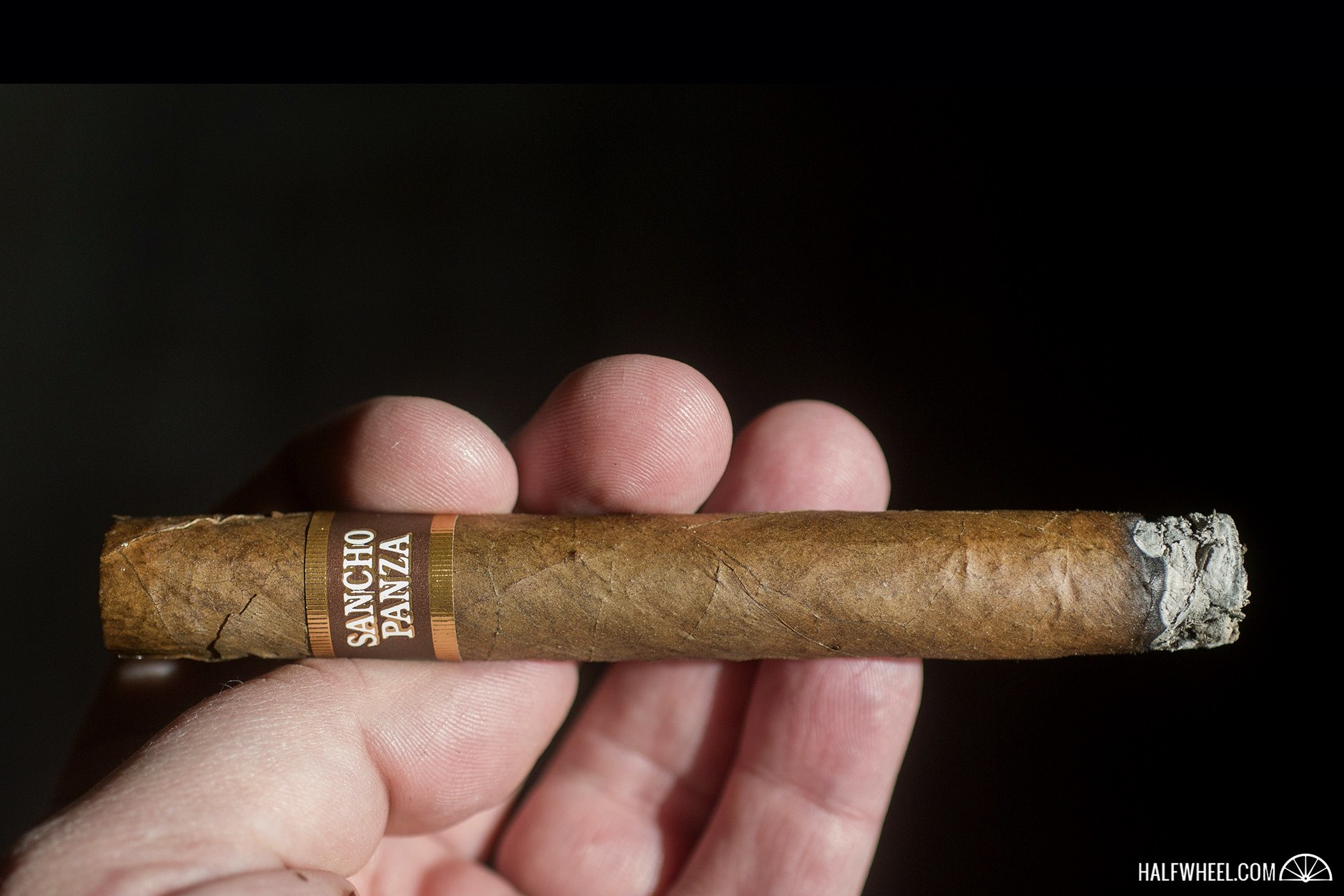
The profile of the Sancho Panza Ducales becomes noticeably creamier as the second third begins, and while the dominant flavors remain a combination of both leather and cedar, other notes of floral, earth, cashews, bitter espresso and barley flit in and out at random. Unfortunately, the orange citrus note that was present in both the cold draw and the first third is just a faint memory by the time the burn hits the halfway mark, although there is a touch more honey sweetness on the retrohale. In addition, I am noticing an increasing bitterness on the finish that is coming close to overwhelming some of the lighter flavors, while both the white pepper on the retrohale and the spice on my tongue has remained at fairly constant levels. Construction-wise, the draw is remains excellent, but the burn gets a bit out of hand, forcing me to touch it up a couple of times. As expected, the overall strength goes nowhere, and ends up at the same point about halfway between the mild and medium marks when the second third comes to and end.
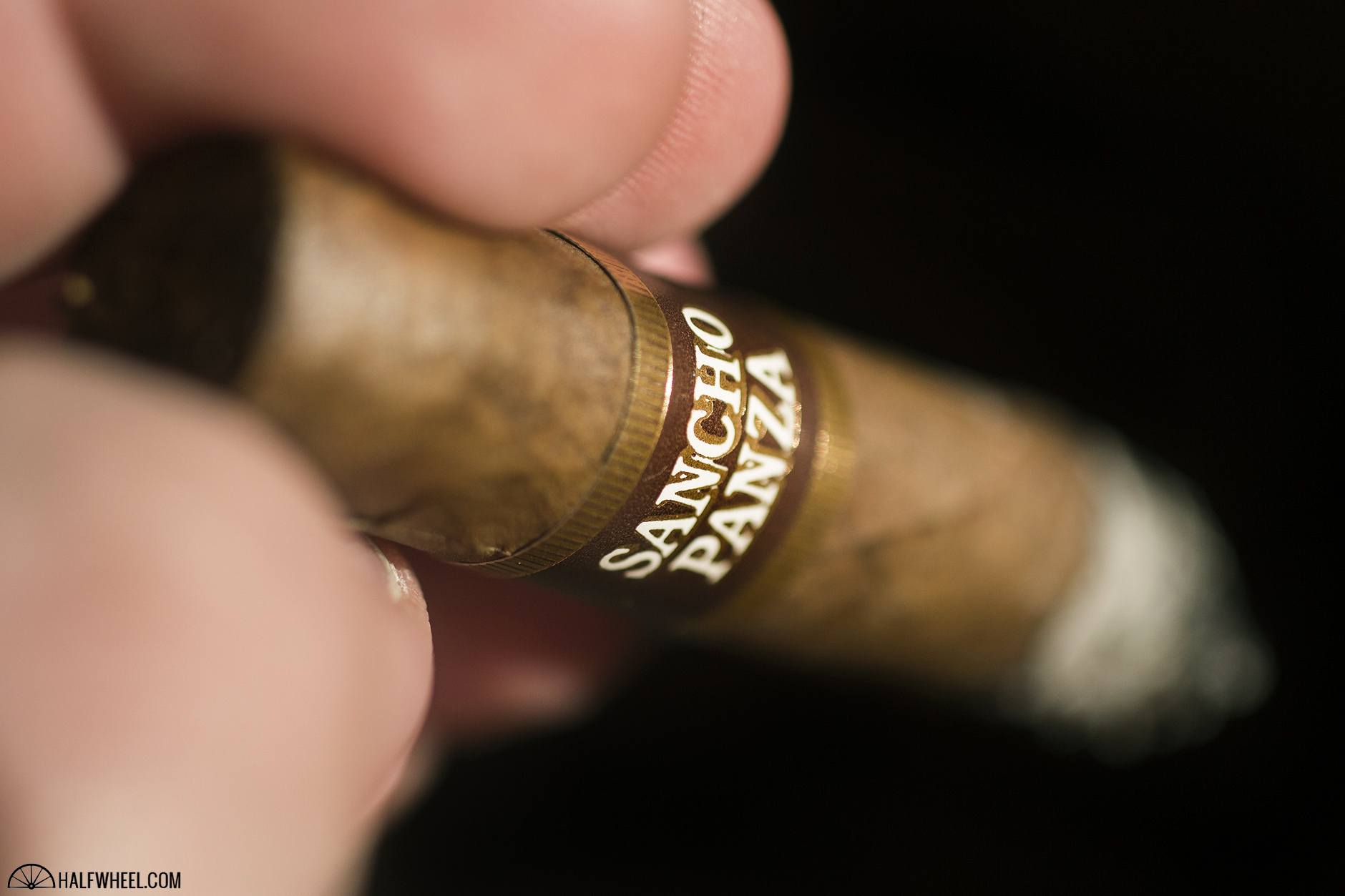
While not overly exciting, the final third of the Sancho Panza is almost exactly like the second third, with the same leather and cedar combination holding the dominant spots, followed by lesser notes of hay, floral, nuts, espresso beans and earth. The one major change is the bitterness on the finish, which has disappeared, allowing both the honey sweetness and white pepper to shine. The spice on my tongue has finally died down to almost nothing, while both the burn and the draw are impressive until the end. Finally, the strength has stalled out well below the medium mark, and that is where it remains as I put the cigar down with less than an inch left.
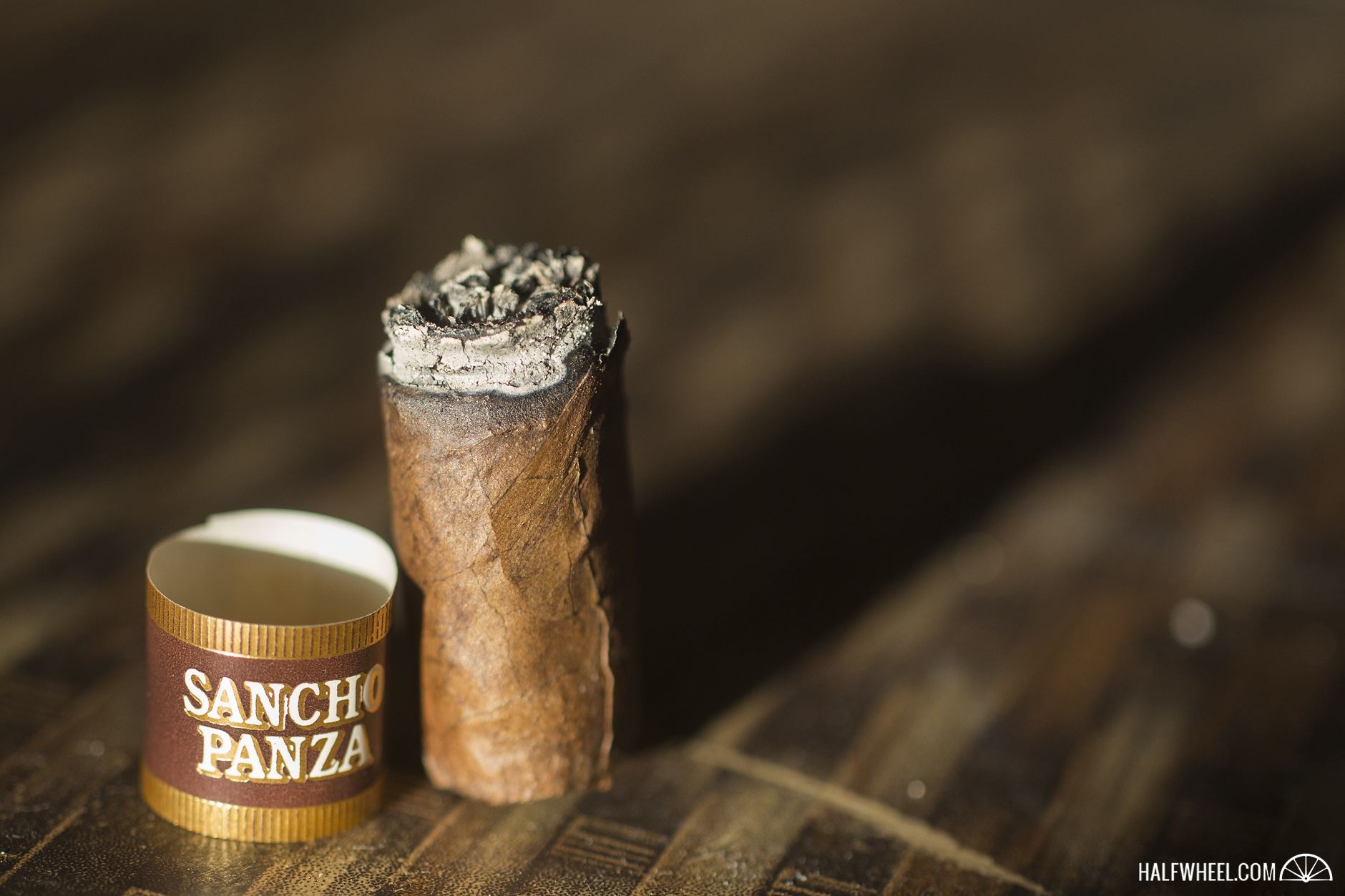
Final Notes
- I find it fascinating that the logo used on this release—not to mention the band itself—is so different from the bands used on the regular releases of the Sancho Panza brands at the time.
- As mentioned above, the Sancho Panza marca was named after the squire to Don Quixote in the novel The Ingenious Nobleman Sir Quixote of La Mancha and was was registered in 1848 by Don Emilio Ohmsted. The brand was seized by the Cuban government on Sept. 15, 1960.
- Interestingly, Ducales also seems to be the name of a company that sells crackers, pastries and cookies.
- The font on the front of the box is so stylized that I thought the name of this vitola was Ducates, but looking at the side of the box I realized my mistake.
- While I am a pretty slow smoker in general, I usually try to really slow down my puff rate as much as possible with cigars this old, as the flavors seem to be more distinct that way.
- The wrapper on this cigar is extremely fragile, almost to the point where I was afraid to cut it. It turns out my fears were justified, as the wrapper split a bit above the band after I cut it with a straight cutter, although it did not seem to affect either the construction or the flavors.
- The cigar smoked for this review was sent to halfwheel by a reader. Thanks Luke.
- The final smoking time for this cigar was one hour and 11 minutes.
Any review I do of a cigar this old is always a gamble: will it still have flavors that I can distinguish, will it be so old that the flavors are basically dead, or something in-between? Turns out, the Sancho Panza Ductless had more of the former than the latter: the profile is decently complex, and features more pepper and spice than I would have thought possible in such an aged cigar. There were some moments during the smoke that some off-flavors took over—most notably a noticeable bitterness on the finish in the second third—but they were few and far between, and did not last long in any case. In the end, any minor issues were balanced out nicely by the other flavors that were present as well as the fact that I was smoking a cigar that was more than 30-years-old, and I can easily recommend trying it if one ever happens to cross your path.


